Earlier this year, the country was awash in cicadas. The 17-year swarm had arrived, and it was all we could talk about.
The good thing about the cicada infestation was that it gave us something else to talk about other than COVID, but at times it seemed like everything bad was happening at once.
If you live on the East Coast and are over the age of 20, there’s a good chance you remember walking through piles of cicada shells, hearing and feeling the crunch beneath your shoes.

Their numbers are seriously impressive. It’s been a long time since the last brood, 17 years to be exact, and it’s bringing back a flood of memories for a lot of people.
Just when it felt like we couldn’t take any more cicadas, the birds came swooping in to the rescue. A lot of animals love to eat cicadas, but not many love eating them as much as birds do.
They are usually insect hunters, and the cicadas made easy targets as they climbed out of the ground after sleeping for 17 years.
Here are 15 of the birds that love to feast on cicadas most. The next time you see one of them flying around your house, you can tip your hat to them and be glad that they are around.
Table of Contents
The Birds That Crave Cicadas the Most
Herons
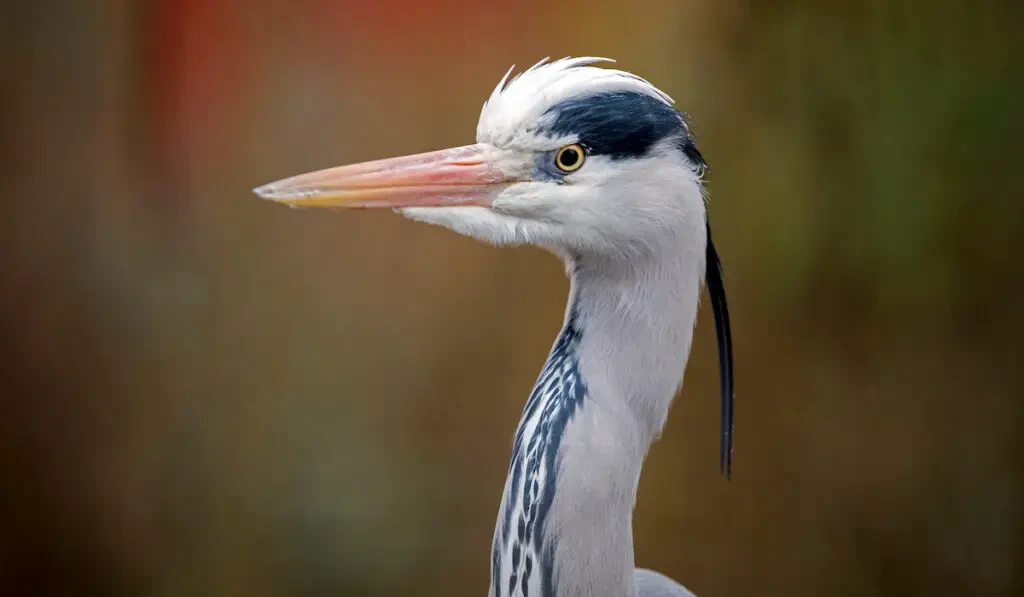
Herons like the majestic Blue Heron populate many areas of the East Coast.
Cicadas are like a lovely snack for these large, graceful birds. Herons are versatile hunters who can take down prey, large and small.
Herons love to eat adult cicadas because they constitute a heartier snack, but they’ll eat younger insects as well.
Owls
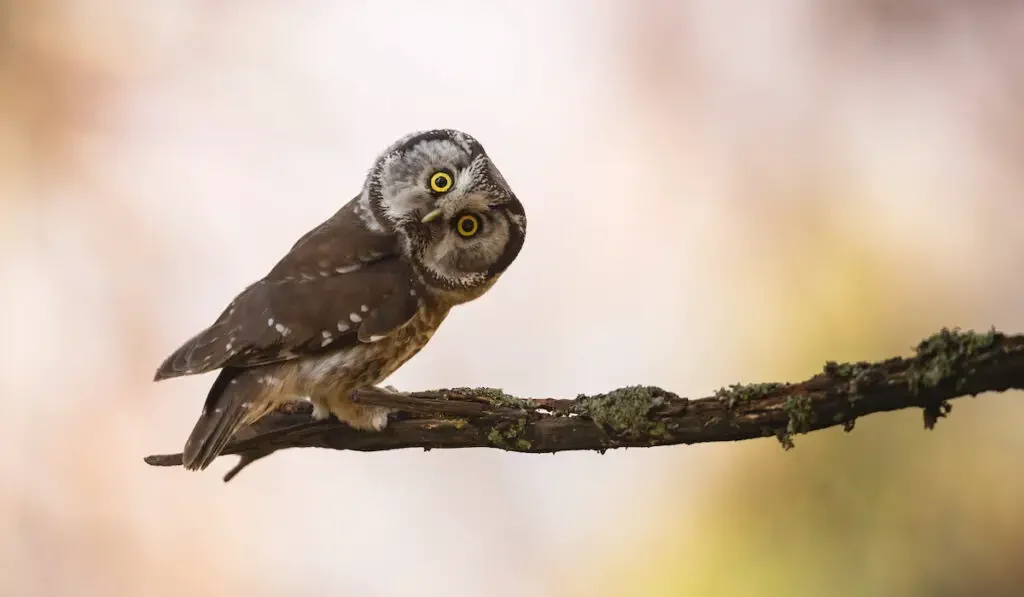
The cicadas may think they’re safer climbing out of the ground or hanging onto a tree under the cover of night, but they aren’t.
Not while owls are around, anyway. Owls have impeccable eyesight in pitch-black environments and are expert hunters.
They can kill field mice and other larger prey, but won’t blink an eye at snatching a cicada off of a tree or in mid-air if they get the chance.
Crows
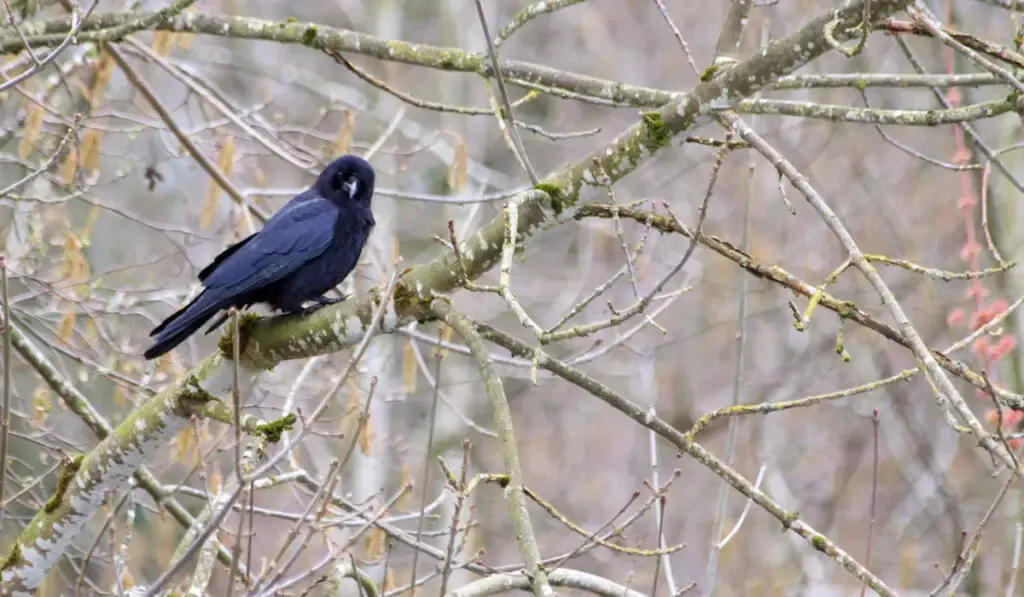
These famous birds seem to always be where the food is. They’re excellent scavenger birds with large, strong beaks perfect for hunting cicadas.
You’ll know crows are having a good time eating cicadas because they’ll gather in larger numbers than normal and you’ll hear their distinct call.
Falcons

This bird may surprise you a bit that it’s on the list because usually, people think falcons are out hunting for rabbits and the like.
However, even birds of prey will eat insects, and the cicada brood is an opportunity too good to pass up.
They offer all the calories any bird could want, so falcons take advantage and enjoy eating their fill.
Woodpeckers
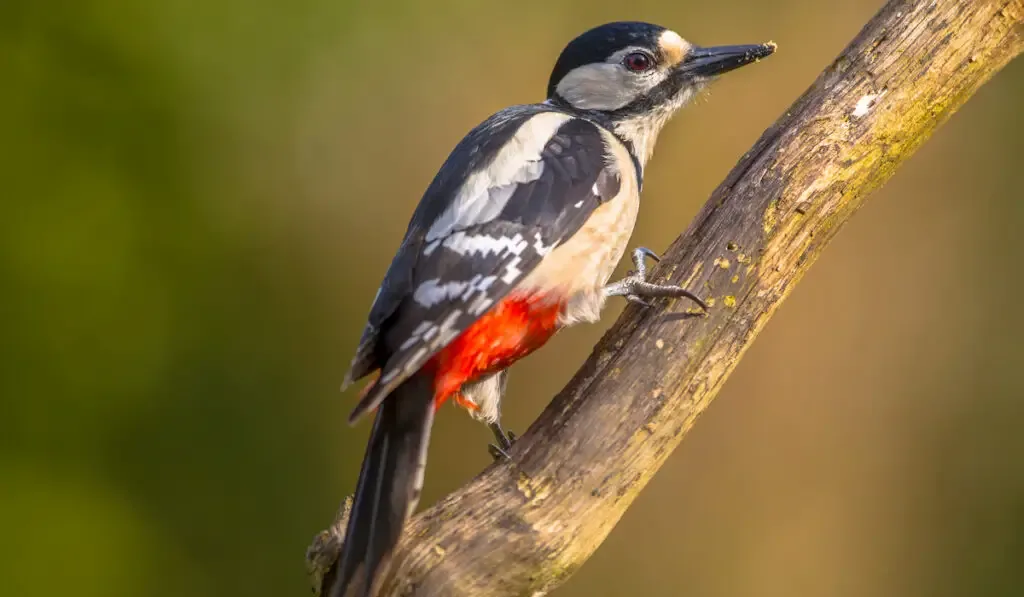
Seeing and hearing a woodpecker is always a treat unless they’re pecking into your attic trying to get some ants or something.
They’re a rare sighting in most places, but you can hear the ring of their pecking vibrate through the woods as they break through layers of bark to get to hiding insects.
When the cicadas come out, woodpeckers are in heaven because they don’t have to work as hard for their next meal.
The cicadas are there for the taking, and woodpeckers do plenty of eating.
Blue Jays

Blue Jays are large birds and are proficient hunters. Don’t let their friendly public image fool you. These guys eat a lot of insects and can be territorial as well.
Some birdwatchers report seeing fewer Blue Jays when the cicada brood is in full force, but then report a surge in Blue Jay numbers in the years after the brood, so something is afoot.
It could be that the cicada noise pushes them away from the center of the action, but they’re still eating a ton of cicadas where people have a harder time getting to.
House Sparrows

We’ve spent most of the time on this list talking about expert hunter birds. But did you know that house sparrows love to eat cicadas as well?
Given the large population of house sparrows, it’s likely that this small bird is doing the most work to clear your yard and neighborhood of annoying cicadas.
Cuckoos

Scientists and bird watchers have documented that cuckoos are one of the few bird species known to migrate in order to take advantage of the cicada boom.
Most birds won’t travel to gorge on these colorful, defenseless insects, but the cuckoo is an exception, illustrating just how much they love to eat them.
And it’s not just for the 17-year brood. Cuckoos will migrate around the country to take advantage of cicada outbreaks, using them as a reliable food source.
Thrushes
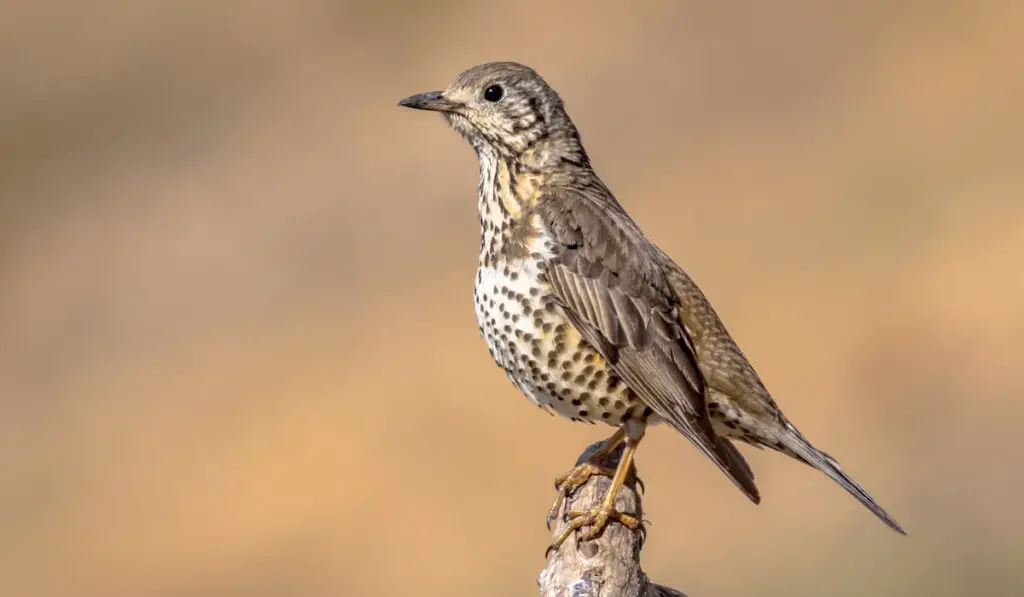
Thrushes are a small or medium-sized bird that loves to eat cicadas. They live off of insects, both those that fly in the air and crawl on the ground.
Cicadas are ideal targets for them because thrushes are agile birds that can get to wherever the bugs are.
Seagulls
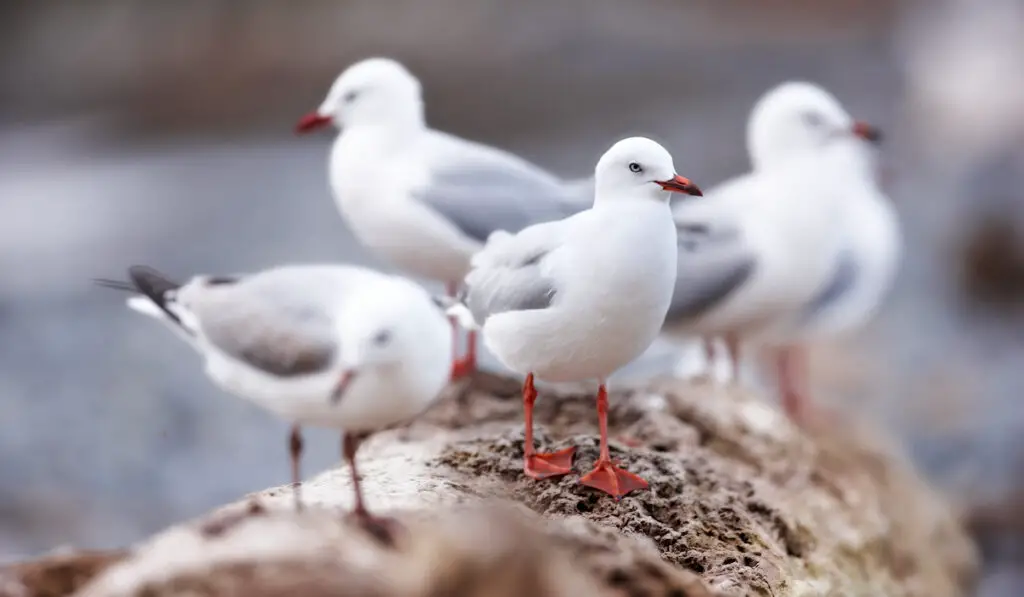
Seagulls will eat pretty much anything, but they love to eat cicadas.
They have to eat a lot of food to maintain their large size, so when the brood comes along, these birds are happy campers.
Seagulls will stray further inland in search of insects when the brood is on because they know that plenty of food is out there.
Cardinals

If you’re lucky enough to have cardinals living near you, then you’ll love watching these birds hop around on tree limbs and dart in and out of bushes looking for food.
The bright red of a male cardinal bird is a sight to behold. These birds are also known to eat cicadas, so it’s a good guess that they took advantage of the higher insect numbers during the cicada boom.
Chickadees

The chickadee is a North American bird that is sometimes referred to as a tit.
They have a crown on their head and throat patch that is darker than the rest of the body and grow to be only around five inches at the largest. They have unique calls to let you know that they are in the area.
If you hear their call, that sounds like “chick-a-dee-dee-dee”, then run to a window and see if you can spot one munching on a fresh cicada.
Mallards
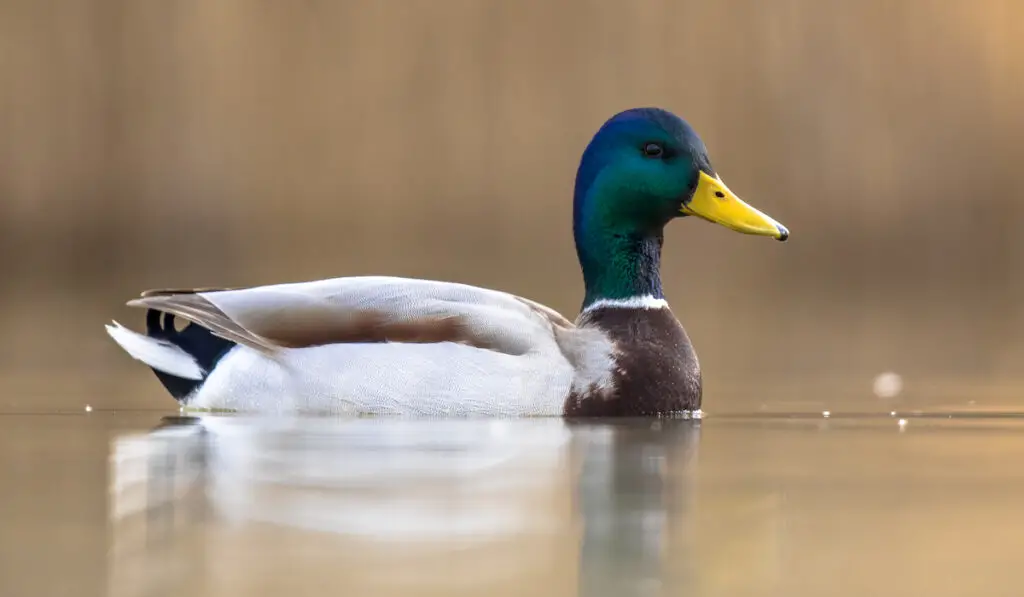
Mallards are another name for wild ducks, and they’ve been seen eating plenty of cicadas.
If a cicada is unlucky enough to fall into the water, odds are they’ll be snatched up quickly by either a mallard or a fish.
Mallards love to eat insects of all shapes and sizes, and if they get a free meal during the brood when the bugs inevitably fall into the water, they’ll happily chew them up.
Flycatchers
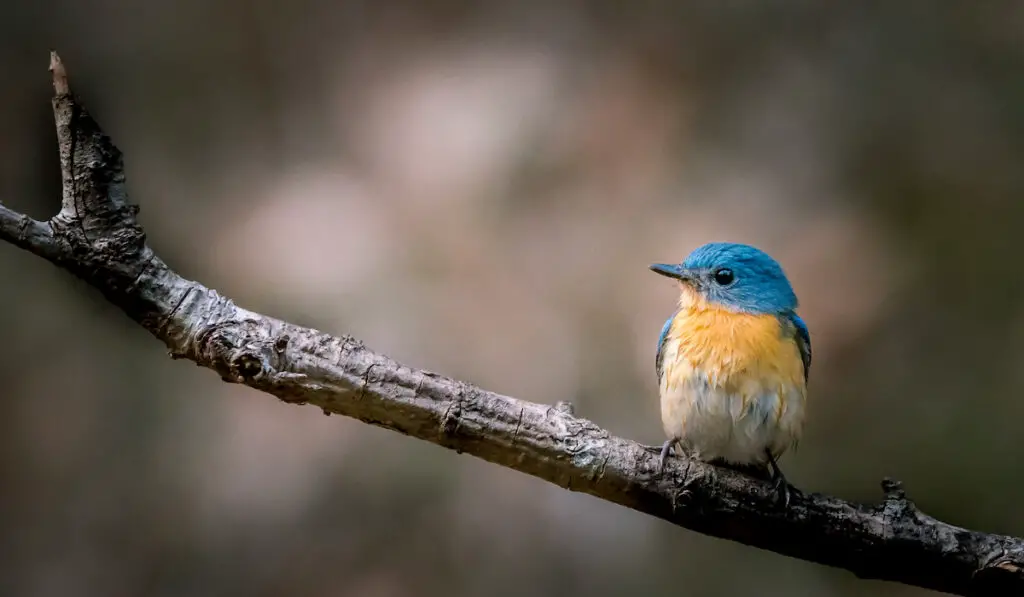
The flycatcher is the largest family of birds, covering over 400 different species.
They come in all different shapes and colors and are seen all over the North American continent. Most are plain, though, and come in gray and brown colors.
They’ll perch on a tree limb and, when the time is right, sail out to snatch an insect out of the air before returning to their perch to finish the meal.
Their sheer numbers mean they eat what they can, but when cicadas come around they can be more choosy.
Leaf-Warblers
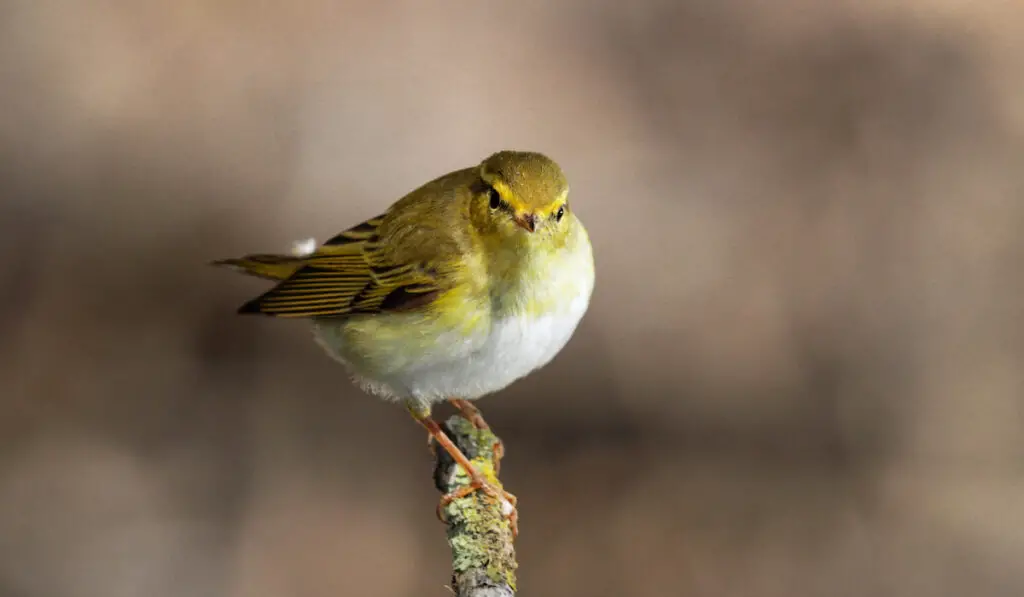
Leaf warblers round out our list of birds that love to eat cicadas. These birds are, along with sparrows, what many people would describe as, “just a bird.”
They come in mostly grey and brown colors with normal patterning. Some birds have a yellow streak on their heads just above their eyes. They seem to be everywhere, and love to grab a cicada snack when they get the chance.
